Raumplan versus plan libre
June 18, 2008
Any
comparison between Loos and Le Corbusier is fascinating. In the work of both
architects there is creative tension between two specific attitudes. On the one
hand, their work is concerned with the autonomy of architectural means. On the
other, each architect tries, in his own way, to place his work in a context. These
contexts frequently overlap. To Loos, the starting departure is traditional
craftsmanship, the task being socially determined.
In Le Corbusier’s case, the division of labour between design and realization
forms the core of architectural process. The assignment and means of realizing
it are formulated in terms of new technologies. The issue is further
complicated by a consideration of the cultural backgrounds of the architects in
question. Space embraces the notion of continuity and distance, as well as the
idea of enclosure. Their respective vocabularies, Raum and espace,
may have partly formed their visions.
This revised and updated edition looks anew at the respective merits of two
giants of modern architecture. As well as featuring writings by the architects
themselves, the book illustrates the evolution of the work of Loos and Le
Corbusier, with detailed reference to their domestic projects, ranging from the
Strasser House (1919) to the Last House (1932), and from Maison Domino (1915)
to Villa Savoye (1932). With its excellent overviews and analyses it will give
the reader a deeper insight into the motivations of these two architects, so
near yet so far away.
ohan van de Beek, Beatriz Colomina, Arjan Hebly, Jan de Heer, Stanislaus von Moos, Max Risselada, Adolf Loos, Le Corbusier
Edited by Max Risselada
Designed by Piet Gerards Ontwerpers
Translation by George Hall, John Kirkpatrick
English
200 pp / 270 x 210 mm /
paperback
price € 29.50
ISBN 978 90 6450 665 9
published 2008, recent


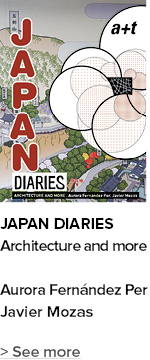




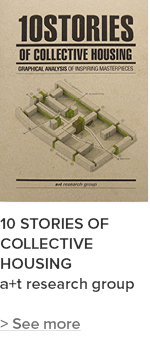

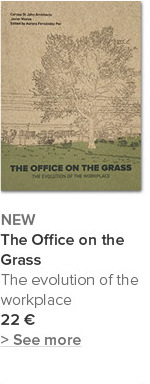

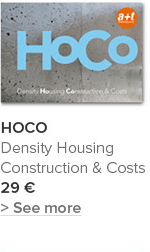

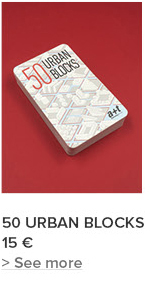
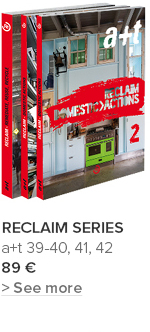

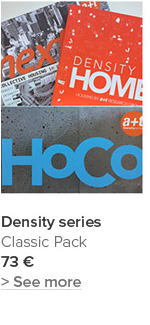





 I've read and agree to
I've read and agree to 


